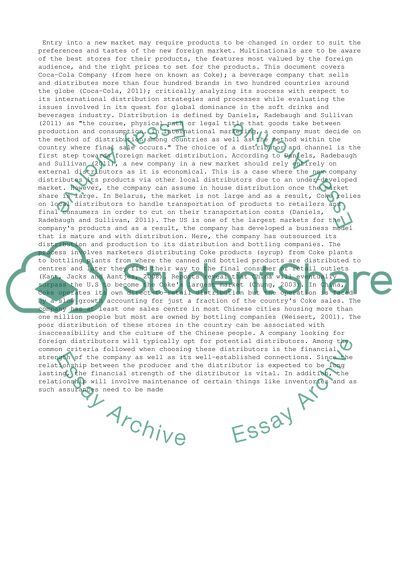Cite this document
(“The Global Trade Distribution Processes of Coca-Cola company Essay”, n.d.)
Retrieved from https://studentshare.org/business/1475183-the-global-trade-distribution-processes-of-coca
Retrieved from https://studentshare.org/business/1475183-the-global-trade-distribution-processes-of-coca
(The Global Trade Distribution Processes of Coca-Cola Company Essay)
https://studentshare.org/business/1475183-the-global-trade-distribution-processes-of-coca.
https://studentshare.org/business/1475183-the-global-trade-distribution-processes-of-coca.
“The Global Trade Distribution Processes of Coca-Cola Company Essay”, n.d. https://studentshare.org/business/1475183-the-global-trade-distribution-processes-of-coca.


